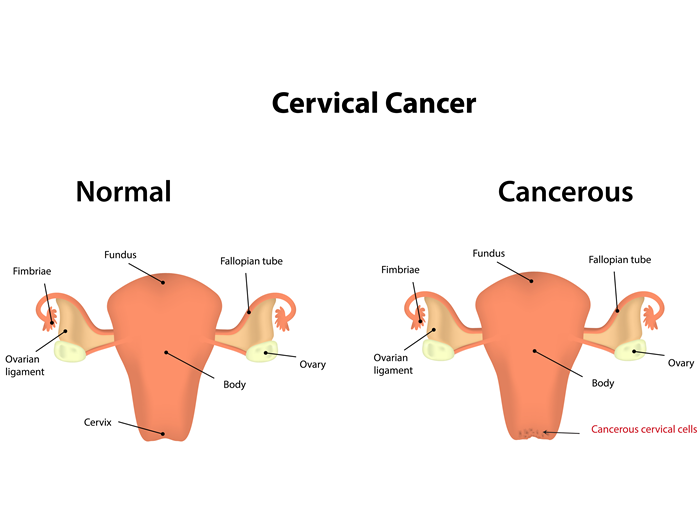What To Do If Your Smear Shows Abnormal Cell Changes?
If your smear shows abnormal cell changes, your doctor will explain exactly what this means and what needs to be done. They may ask you to have a repeat smear because cells may return to normal by themselves. However they may ask to perform a closer examination called a colposcopy. Refer to our information on Colposcopy and Abnormal Smears for further information.
A cone biopsy is also another type of biopsy and involves the removal of a cone-shaped portion of the cervix. Several methods exist for obtaining this specimen and include an electrosurgical technique called loop electrosurgical excision procedure (LEEP) or loop excision of the transformation zone (LETZ). These methods are only performed after an abnormal cell result is shown on your smear and colposcopy results.



